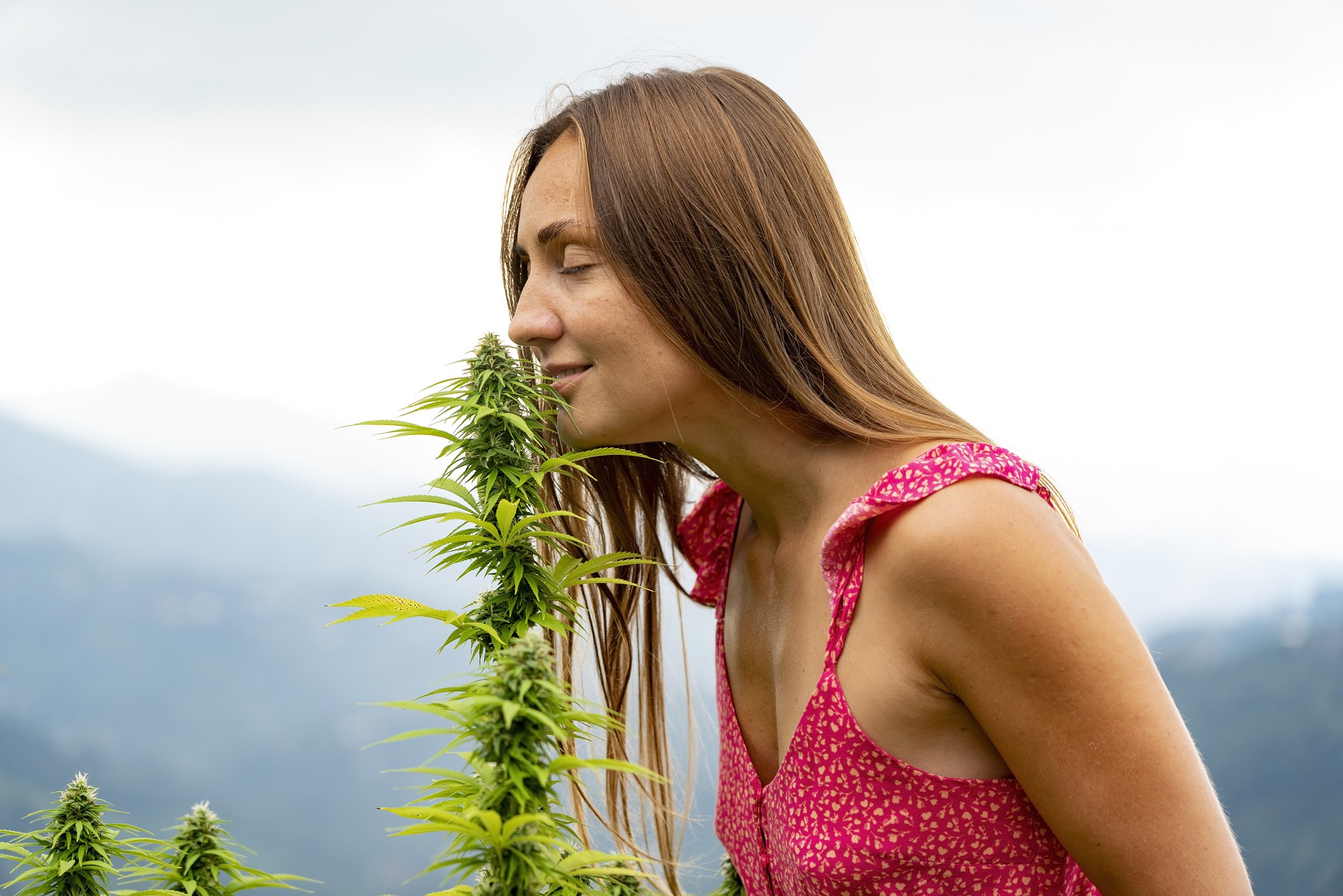
What is cannabis?
Cannabis is a medicinal plant derived from Indian hemp plants such as Cannabis sativa and Cannabis indica. The main active chemical in cannabis is THC (delta-9 tetrahydrocannabinol). Cannabis is a depressing drug. Antidepressants do not cause depression.
On the contrary, they reduce the activity of the central nervous system and information that circulates between the brain and the body. Consuming large doses of cannabis can also produce hallucinogenic effects.
Other names
Cannabis is also called weed, pot, hash, weed, refer, dope, weed, mull, buddha, ganja, joint, stick, bucket, cones, skunk, hydro, fil di, smoke and hooch.
What does cannabis look like?
The leaves of the cannabis plant are bright green and have a unique shape with five or seven leaflets. The surface of the flowers and leaves are covered with attractive resin.
Cannabis is used for the psychoactive effects (mind and mood changes) of THC and other active ingredients. THC is the chemical in cannabis that makes you “high”.
There are three main types of psychoactive cannabis: marijuana, hashish and hash oil.
- Marijuana is the most common and least common type of cannabis. Marijuana is the dried leaves and flowers of the plant.
- Hashish (“hash”) is dried cannabis resin, usually in the form of small blocks. The concentration of THC in hashish is higher than in marijuana, producing a stronger effect.
- Hash oil is a thick oily liquid, brown and black in color, extracted from cannabis. Hash oil is the strongest form of cannabis.
Which one and why is it used?
Different types of cannabis are used in different ways:
Marijuana is smoked in a hand-rolled cigarette (joint) or in a pipe (bong). Hashish is often added to smoked tobacco, or cooked and eaten in foods such as hash cookies.
Hash oil is spread on the tip or leaf of a cigarette and smoked. Cannabis and hash can also be smoked in a vaporizer. Vaporizers heat cannabis to a temperature that releases its active ingredients and reduces the toxins associated with combustion.
The THC in cannabis enters the bloodstream through the walls of the lungs (if smoked) or through the walls of the stomach and intestines (if used). The blood carries THC to the brain, creating a “high” effect. Medicines that are inhaled enter the bloodstream more quickly than those that are ingested. This means that the effects of cannabis when smoked are faster than when consumed.
Paper and textile
Some strains of cannabis have few psychoactive effects. These plants are used to produce hemp fiber for use in paper, textiles and clothing.
Medical uses
Cannabis has been used medicinally for centuries. It has been reported that cannabis can help treat conditions such as:
- nausea and vomiting, especially when combined with chemotherapy
- weight loss and obesity, and people with HIV/AIDS, cancer or anorexia nervosa, because it can be used as an aphrodisiac.
- pain, for example in people with cancer and arthritis
- relief of the symptoms of some neurological diseases associated with muscle spasms, including multiple sclerosis and bone injuries
- glaucoma
- epilepsy
- asthma